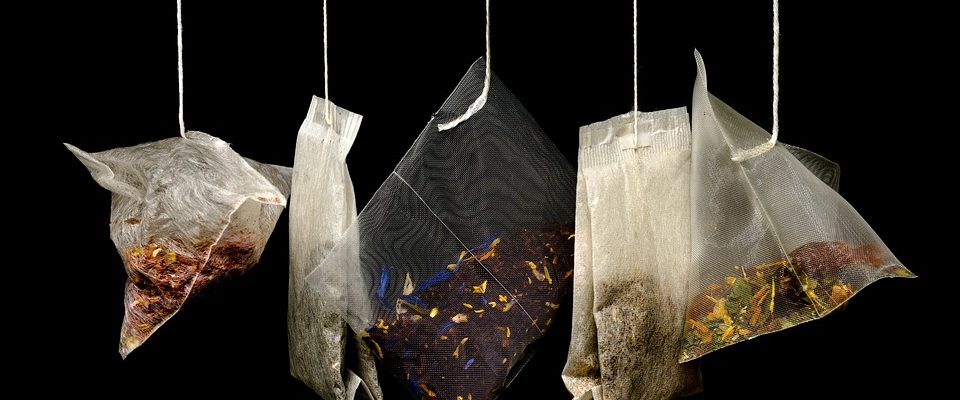The migration of small polymer molecules from food contact media into consumable products represents a significant concern for suppliers in the food and beverage sector. E&L testing is routinely carried out to assess the quantity of extractable and leachable elements within a product, and to characterize the impact that these invasive chemicals could have on consumers.
This blog post will explore techniques for E&L testing of tea to compare leachable elements from tea leaves prepared through different brewing techniques.
E&L Testing: Single Serving Cup, Tea Bag, and Loose Tea Leaves
Three different tea extracts were examined using quadrupole time-of-flight gas chromatography-mass spectrometry (QTOF GCMS), and quadrupole time-of-flight liquid chromatography-mass spectrometry (QTOF LCMS). Combining these methods provides a robust analytical intersection for thorough E&L testing.
QTOF mass spectrometers determine the mass-to-charge ratio of sample ions by increasing their kinetic energy via an electrical field of pre-defined strength. The time it takes for these ions to travel to a sensitive detector is then quantified as a measure of its mass-to-charge ratio, which can be detected with an accuracy of 1 – 5 parts per million (ppm).
All three tea samples were prepared under their intended use conditions prior to E&L testing through QTOF mass spectrometry. Each was brewed with 6 oz of hot water for up to four minutes before a sample was extracted.
QTOF GCMS E&L Testing
QTOF GCMS E&L testing of tea products used electron impact ionization, a high energy process that typically causes analyte fragmentation. The spectral data acquired was identified using the NIST atomic spectra database. This method provided consistent results across all three sample extracts, where the major compound detected was consistent with caffeine. Several trace level compounds consistent with cyclohexanone and 2-Hydroxy-iso-butyrophenone were only detected in sample Single Serving Cup, while a compound consistent with 2,4,6-tri-tert-butyl-phenol (antioxidant) was only detected in samples Tea Bag and Loose Tea Leaves.
QTOF LSMS E&L Testing
QTOF LCMS E&L testing is preferable for acquiring more robust information regarding the presence of unknown compounds in sample extracts. This additional method provided clarity through fragmentation experiment for all three tea samples and found no compounds consistent with polymer degradants or polymer additives. The primary elements observed were caffeine, theophylline, and gallic acid.
This methodology provided a robust assessment of food contact media to ensure that packaging products were not introducing harmful polymeric elements into consumable products either during containment or product preparation at elevated temperatures.
E&L Testing with Jordi Labs
Jordi Labs provides a comprehensive E&L testing service for manufacturers and suppliers in a broad range of industries, including the food and beverage, pharmaceutical, and medical device sectors. We offer comprehensive solutions that are bespoke to you and your product.
If you would like any more information about performing E&L testing with Jordi Labs, please do not hesitate to contact us. Alternatively, get in touch and request a quote directly.





